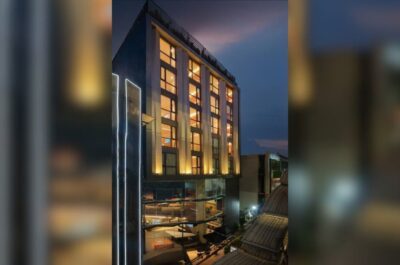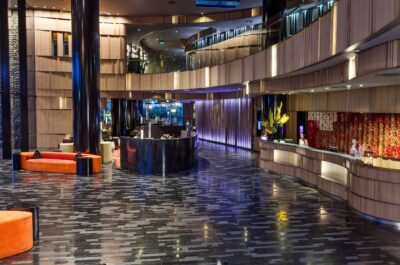Chennai, ex Madras is considered as India’s finest metropolitan area for colonial heritage. Some 400 buildings can still be admired but little seems to move to protect them.
CHENNAI – It might come to a surprise for travellers but the city which seems to have preserved the largest legacy of its British History is neither Mumbai –Bombay- or Delhi but Chennai, ex-Madras. The number of preserved heritage buildings is only surpassed by Kolkata (Calcutta). Architects and experts estimate that Chennai has still over 2,000 buildings.
Among the most impressive structures to be seen are the Chennai Central Railway Station built back to 1873, the General Post Office (1884), the Madras High Court (1892), the National Art Gallery (1906) or the Southern Railway headquarters (1921). Chennai –Madras- was considered during colonial times as the central administrative centre for the British in South India and also an important naval base and trade centre. Today, Chennai is India’s sixth largest metropolis with a population of 4.7 million inhabitants.
Chennai Metropolitan Development Authority started to look at this incredible heritage back to 2008 and took the first step to preserve some of this heritage back to 2010.
Government agencies were created to identify close to 470 heritage buildings in the Chennai Metropolitan Area (CMA) in need of protection.
A list of buildings is still now being compiled but the civil society and organizations dealing with heritage start to worry about the slow pace of move of the Heritage Commission formed during the summer 2012. There is a lack of legal framework to effectively protect buildings from the British era, particularly Indo-Saracenic and Art Deco styles. Back to July 2012, an article of the newspaper ‘Times of India’ deplored for the demolition of the fame Roxy Theatre, a blend of European and vernacular styles dating back to 1918, the Club House in Express Estates, the CB-CID headquarters at Omandurar Estate, Cooum House, Gandhi Illam (Governor’s old guest house) and Kalaivanar Arangam.
Observers feel that so far, the Commission has been very slow to publish the first list of 70 buildings due to be listed as historical protected structures. Once acknowledged by the Heritage Commission, the listed buildings will get incentives such as exemption from payment of taxes and offenders who deface or destroy them will face penal action.
However while no financial incentive are provided to restore them, many structures might collapse in the long term if not actively protected and restored.
The Commission role is also to educate and advice locals about heritage preservation and its re-use to contemporary purposes. However, without a legal frame in place, the Commission might turn useless as many owners of older structures dream to replace British heritage-style structures with soulless constructions of concrete and glass…
Luc Citrinot a French national is a freelance journalist and consultant in tourism and air transport with over 20 years experience. Based in Paris and Bangkok, he works for various travel and air transport trade publications in Europe and Asia.















































































